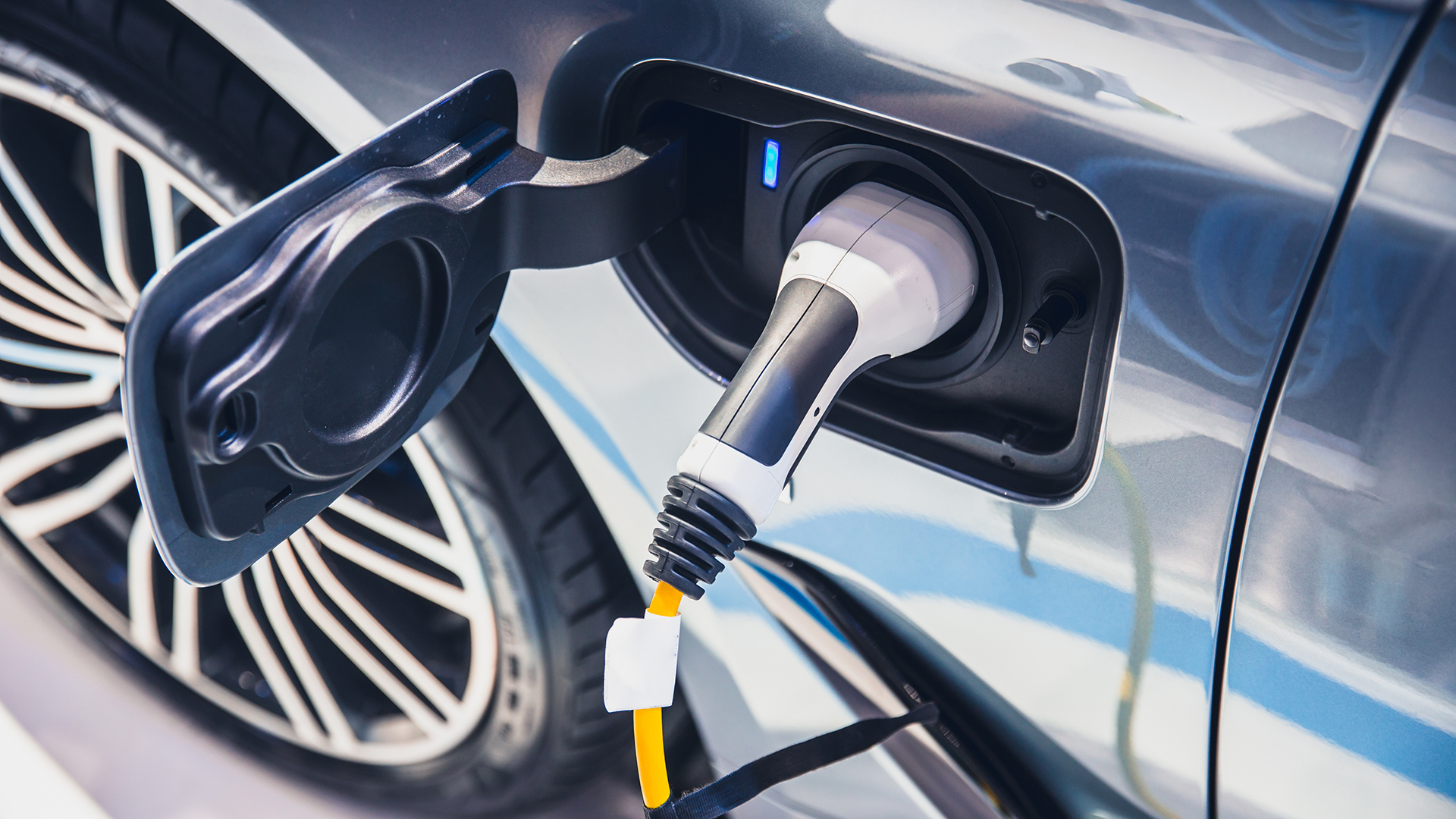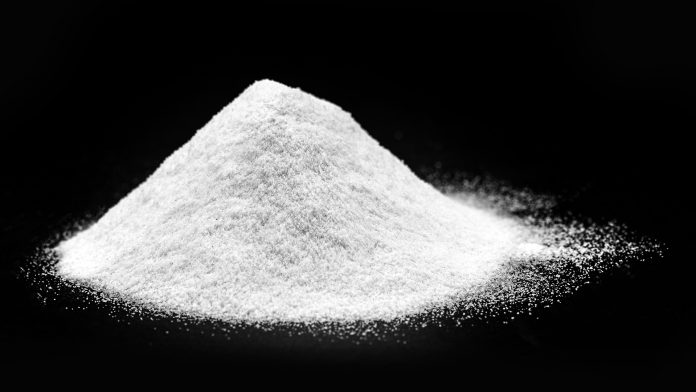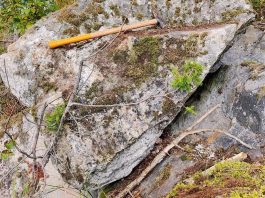Roland Chavasse, Secretary General & Co-Founder of the International Lithium Association (ILiA), reflects on an exciting year of progress for ILiA and explores what 2024 has in store for the lithium industry.
As we enter a new year, lithium’s importance in various industries, especially energy storage and transportation, is poised to continue its ascent. With its pivotal role in transitioning to a sustainable energy future, lithium is a linchpin poised to shape technological progress and a green climate.
In this insightful interview, Roland Chavasse discusses ILiA’s role within the dynamic landscape of the lithium industry, exploring ILiA’s impactful initiatives, emerging trends, and the opportunities that lie ahead for the sector.

Co-Founder of the International Lithium
Association
Following another productive year for the lithium sector, how do you reflect on ILiA’s work in 2023, and were there any notable highlights for the organisation?
2023 was a big year both for the lithium industry and for the International Lithium Association. We are a member-led, not-for-profit, global organisation that represents the lithium value chain, and our membership and activity track the growth in the lithium value chain. Since ILiA was launched in September 2021, we have welcomed over 65 corporate members from across the world, together with seven non-commercial Affiliated Partners and Honorary Fellows.
Currently our members jointly supply 85% of the lithium on the market and come from 25 countries. ILiA represents the entire lithium value chain spanning producers, junior miners, specialised service providers and recyclers, giving the Association strong foundations on which to build.
Over the last 12 months, many of our projects have started to bear fruit and allow us to deliver real value for members. This includes our quarterly magazine, networking events and our four new subcommittees, which work on sustainability, health and safety, education, and responsible sourcing.
Our magazine, The Lithium Voice, was launched to promote a wider understanding of lithium. Many people are surprised just how many uses lithium has in addition to its key role in the manufacture of lithium-ion batteries (LIBs), and we write about them all! Our mandate is simple: if it is relevant to lithium, we will write about it. The Lithium Voice is published in English, Chinese and Spanish and available for free here.
With COVID-19 in the rear-view mirror, how are in-person events supporting the battery industry?
Did you know there were over 100 lithium-related events last year? We launched a global lithium events calendar in 2023 to keep track of them all and shared it with our stakeholders on our website. This year, we are tracking even more events, and you can add them all to your calendar with a click of the mouse!
It would have been a full-time job to attend all the lithium events last year, but we did manage to attend over 20 and give presentations at most of those. Our own events schedule grew nicely, too. We hosted in-person networking events in Salta, Argentina; Perth, Australia; London, United Kingdom; and Las Vegas, United States. This was in addition to our regular series of webinars exclusively for members covering the lithium market and environmental, social and governance (ESG) issues.
How has lithium demand evolved over the last 12 months? Are there any emerging trends, and are we on track to meet approaching climate targets?
The short answer is that lithium demand continued to show double-digit growth last year, driven by the transition to green transport. Electric vehicle (EV) sales in 2023 reached 14 million units, representing 34% growth over 2022.
Like any significant industrial policy, the energy transition faces challenges; however, momentum is building, and regulatory support is growing.
The growing use of lithium batteries for energy storage systems (ESS) is also noteworthy. ESS play a key role in meeting net zero targets, storing energy from different sources and discharging it when needed. ESS help to balance the electric grid, provide backup power, and improve grid stability, which is important when an increasing percentage of electricity comes from intermittent renewable sources.

Are there any challenges in the supply chain for lithium batteries that have surfaced recently, and what steps are being taken to mitigate these challenges?
Education is a perennial challenge because of the rapid growth in the social and economic importance of lithium. As recently as five years ago, politicians rarely mentioned lithium, but now it has become a hot topic with all the media attention and regulatory interest this brings. We are seeing a real thirst for reliable information about lithium from industry, regulators, and the public.
On a more practical level, a key challenge is the time needed to bring on new industrial lithium mines. This is far longer than the time needed to build a refinery or EV factory, even up to ten years. We often hear from our members that the bottleneck is the time taken to secure permission, and it is encouraging to see several countries looking very closely at their legislative framework with regard to encouraging faster development of lithium mines without sacrificing the quality of the process.
ILiA and its members all champion sustainability in the industry. Are there any emerging practices that are helping to ensure this further?
Yes, that is correct. In fact, sustainability is one of ILiA’s three core principles and was one of the key considerations for the founding members when they created ILiA in 2021. We support our members’ efforts to supply lithium that is sustainably and responsibly sourced through workshops, webinars, and the work of our technical subcommittees.
Many lithium companies are adopting standards that certify their performance. There are many mining standards which can apply to the lithium industry, and ILiA does not endorse a particular one, but it is worth recognising that last year, two of our Core Members, Albemarle Corporation and SQM, achieved the Initiative for Responsible Mining Assurance (IRMA) standard, which is considered by many people in the industry to be the hardest mining standard to achieve.
What is ILiA working on to support its members in achieving sustainability?
One of our flagship projects, run by the Sustainable Lithium Subcommittee, is the creation of standardised guidance on how to measure the product environmental footprint of carbon and water used in lithium mining and refining. This will have a major impact, we hope, in streamlining how lithium life cycle assessments (LCAs) are done. The standardised guidance will be clear, concise, and accessible to producers, suppliers, LCA practitioners, authorities, and academia. Our goal is for lithium LCAs to truly represent the industry and contain reliable and comparable information.
It is of critical importance for the lithium industry as it will serve to create a benchmark by which the industry can measure its greenhouse gas credentials. It will be available on the ILiA website for download.
For this project, we created a global multi-stakeholder team of members and non-members under the leadership of Mark De Boer from Albemarle Corporation. The first chapter focuses on the carbon footprint of lithium and will be published in the first quarter of 2024. The second chapter will examine the water footprint of the lithium industry and will be published in the second half of 2024. Both projects are open to the public, and anyone interested in joining should contact us.
What regulatory or policy changes have affected the lithium market in the past year, and how have industry players adapted to these changes?
The last year was something of a watershed for the lithium industry, with several major regulations and legislations hitting their stride. For example, in November 2023, the European Union reached a provisional agreement on the Critical Raw Materials Act, which aims to increase and diversify the EU’s critical raw materials supply, strengthen circularity and recycling and boost research and innovation on resource efficiency.
Another key theme in regulatory developments is battery recycling. The battery in an EV can be recycled repeatedly, creating a circular economy, not a linear one. The lithium industry is building recycling capacity in expectation of the retirement of batteries from the first generation of EVs, and a lot of regulation is trying to prepare for that scenario, too.
What prompted the collaboration among leading participants in the lithium value chain to commission the risk management options analysis (RMOA) for various lithium products?
We are a member-led organisation, and we launched the RMOA project in June 2023 at the request of our members. This project looks at the use and handling of lithium carbonate, hydroxide, chloride, and metal. The aim is to help regulators and industry participants better understand the uses and life cycle of lithium and its three most common salts.
We started with a detailed analysis of the many applications of lithium. We have held deep-dive interviews with industry leaders so that we can map out how lithium flows through different value chains. This important piece of research on lithium will identify gaps and help support an informed discussion by regulators.
How will the outcomes of this analysis aid both regulators and industry stakeholders in better comprehending the uses and life cycle of lithium?
Knowing how lithium carbonate, hydroxide, chloride, and metal are used allows us to understand how they should be safely handled. This work is also important in terms of the social acceptability of lithium activities in general. It demonstrates that the lithium industry is responsible, transparent, and committed to worker safety.
On a related issue, we have been working alongside other commodity associations to express our concerns regarding the European Union’s proposed re-classification of lithium salts. We believe that this could have ramifications around the world, and while ILiA does not question the need for hazardous substances to be regulated proportionally or the precautionary principle, we believe strongly that substance classification must be based on clear, compelling and comprehensive scientific evidence. This is especially true for a substance of essential importance where an incorrect interpretation would have significant long-term and wide-ranging impacts on the energy transition and even human health and well-being.
Could you outline the Association’s main focus areas or goals for the upcoming year?
Our flagship projects in the coming year will continue to be the RMOA and the publication of our guidance on how to measure the carbon and water used in lithium production. These landmark projects will benefit the entire lithium industry, providing a strong platform for future growth.
We have a full diary of speaking engagements at the major global lithium conferences, and we will host lithium networking events across the world, too. Much of our effort will be on completing and promoting the LCA guidance documents for lithium, which is our first major piece of work.
ILiA’s four subcommittees all have full agendas, too, with projects including responsible sourcing and education. We have plans to interview key figures in the lithium industry for The Lithium Voice magazine. And, of course, we keep our lithium network informed of all important regulatory developments and lithium events by way of our monthly newsletter (to subscribe, email info@lithium.org).
It promises to be another big year for the lithium industry and ILiA!









